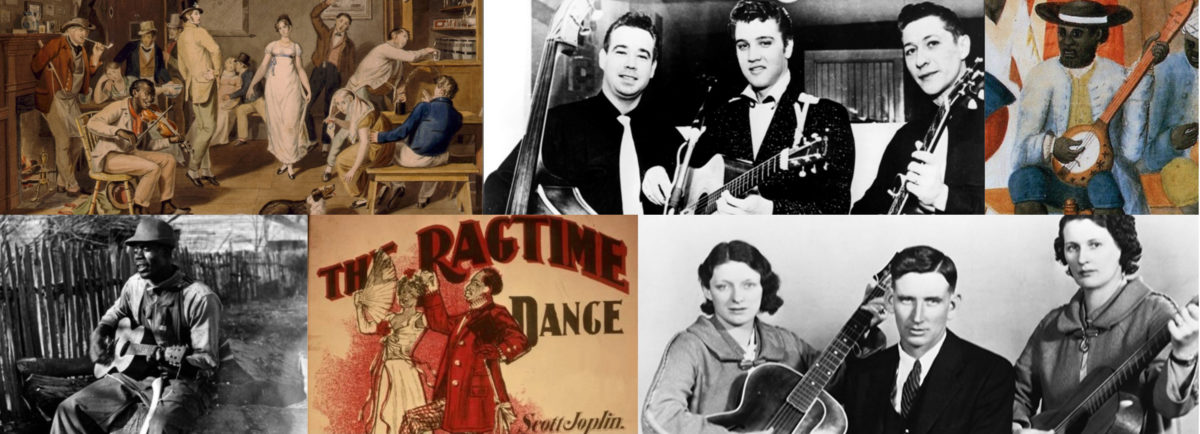Audio Investigation Slide
Go Down, Moses: Audio Investigation Slide
-
- Click the link above to launch the slide deck (2 slides).
- Invite students to respond to the following questions shown on slide #1:
-
- What strategies did enslaved people use as a means of resistance against the brutal conditions they were subjected to? List as many as you can think of.
-
- After allowing a brief period for students to answer, share student responses. Running away and rebelling are likely to be the most common responses. Point out the risks involved, and that although some enslaved people did escape successfully and some large scale rebellions occurred, the punishment for those who took such actions and were caught was brutal and often meant execution. Students may struggle to identify less overt strategies, like slowly poisoning enslavers and their families, breaking tools, working slowly, and singing spirituals while working, so you may need to provide that information for them.
- Advance to slide #2.
- Click the media player in the bottom right corner of the slide to begin audio playback of the song.
- Invite students to respond to the following questions shown on slide #2:
-
- How were the conditions of the Hebrew people, as described in the song, similar to the conditions of enslaved African Americans? Use the lyrics to support your answer.
- Based on those similarities, how can the lyrics be understood to express resistance to slavery by enslaved African Americans? Use the lyrics to support your answer.
-
Recommendations
This song is useful for introducing a lesson on slavery at any point in the post-Revolutionary period through the start of the Civil War.
In addition to providing a means of less overt resistance to the conditions that they endured, spirituals were part of a religious tradition that served as a key coping mechanism for enslaved people. You should point out that, although some enslavers hired white ministers to provide church services for them, in most cases, the enslaved people held services of their own during gatherings after the workday was over. This provides an opportunity to broaden the discussion, as well as the concept of resistance, to include day-to-day survival - both physical and psychological - and to address other coping mechanisms, including nonreligious gatherings held after the end of workdays, biological family relationships, and flexible definitions of family.
If slave codes is not already a vocabulary term that students know, this is a good time to introduce it, as enslavers developed the slave codes in response to rebellions, both planned and thwarted, and the term provides fuller context for the conditions that enslaved people endured and the need for less overt forms of resistance. A lesson covering this content creates a solid foundation for addressing the agency of enslaved people, as well as free African Americans, and the roles they played as abolitionists and as soldiers in the U.S. Army during the Civil War.
Vocabulary
oppressed – keep (someone) in subservience and hardship, especially by the unjust exercise of authority
bondage – the state of being enslaved
toil – work
spoil – goods stolen or taken forcibly from a person or place
forlorn – pitifully sad and abandoned or lonely; hopeless
Additional Resources
Primary Source Strategies
Printable worksheets with response prompts that guide students in analyzing songs as primary sources.
Spirituals: About the Genre
A Ballad of America article about the history of spirituals.

